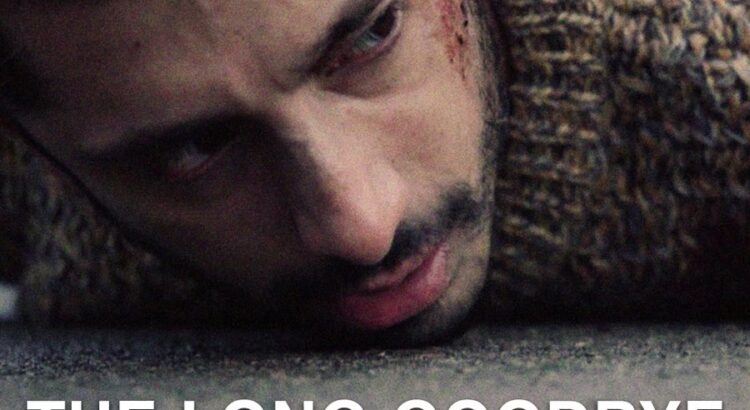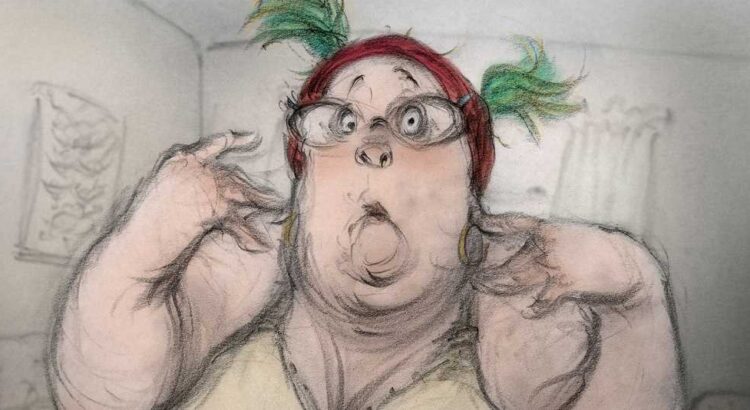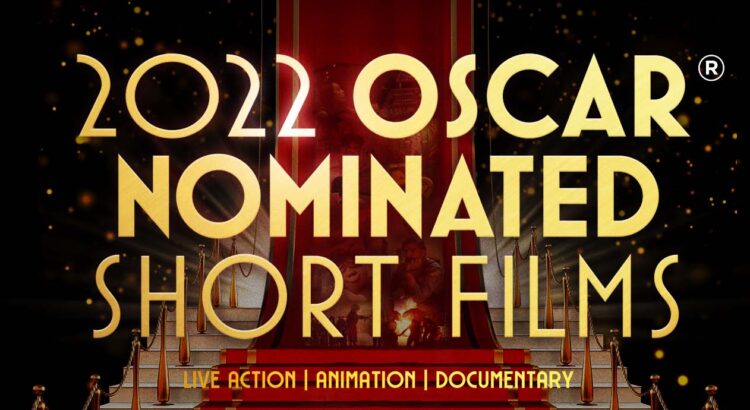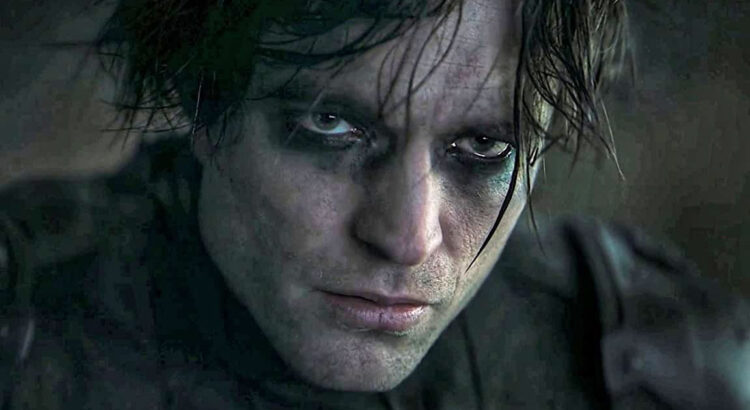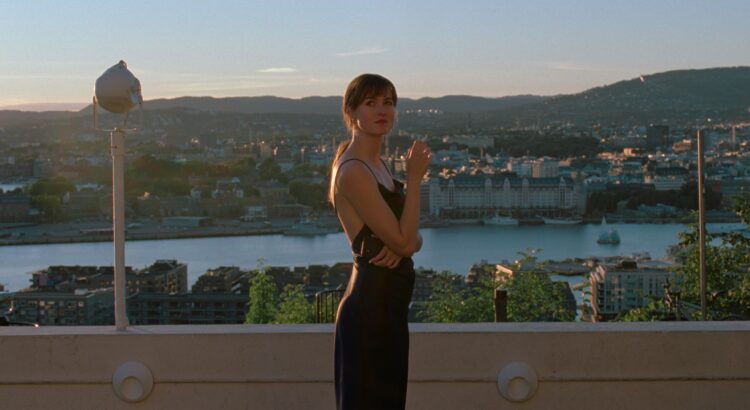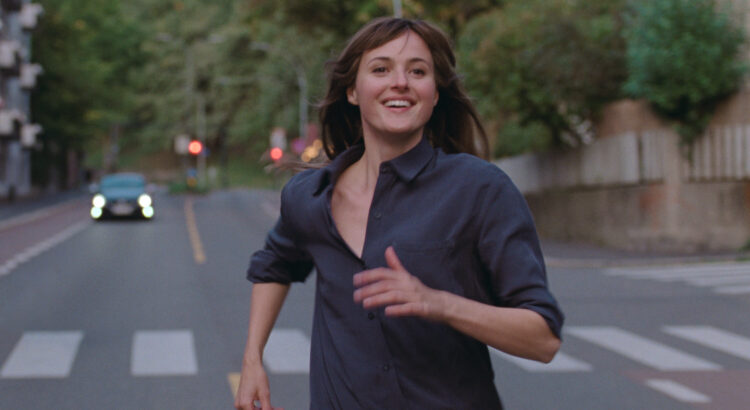I admire short films because their shortness does not represent the depth of the message they carry but only shows the limitation to the time they are allowed to trap the audience’s attention. Due to these resources, they have to be clever in picking what to show and tell. This will mean that the audience will be on a quick, dramatic ride. The five films, although very different in the subject of the emotion they are telling, shared the common theme of pain and fear. It could be pain from a man having to ‘turn off’ his wife after her brain death(On my mind), fear of being imprisoned by machines that run the jurisdiction system without the flexibility to correct a mistake(Please hold), the pain of not having ‘a normal’ body and being laughed at(The dress), racism and violence conducted under it that comes without warning(The Long Goodbye), or the pain of a girl who dreamt of continuing her studies in the city where she was kidnapped to a rural village to do an unwanted marriage under the village and family’s approval(Ala Kachuu). They are communicated concisely and strongly, resembling a roller coaster with five peaks.
On My Mind – Great connection between scenes to make a complete story. The interesting buildup keeps the audience curious and engage during the first half.
Please Hold – The exemplary model of criticism toward the status quo. Intelligently designed reference to current digital society’s dehumanization of operations (we all have the experience of being frustrated by the neverending loop of ARS that does not have the option I want) and digital advertisements that nag you to spend money on options, and the necessity to have money even to fix something that went wrong. A thriller that has amazing communication: it was really easy to connect to the horrors and frustrations of the protagonist. However, I think the real horror was not the mechanic voices. The ones who saw this will remember the scene where the human attorney exclaimed ‘not again!’ before ending the $1000 call in a few seconds-will this mean that the protagonist was not the first wrongly accused? Why was the system not discarded after the continued horror of sentencing 40+ years to innocent men?
The Dress – A deep sorrow told of an unfamiliar world.
The Long Goodbye – The bewildering transition from a peaceful family home to a scene of murder and violence told the emotion of horror very well, but the part that was very unique to this movie came at the very end by a monologue from one of the characters. The rage, sorrow, and desperation break through the fourth wall with the character speaking directly at the audience. The poetic, POWERFUL monologue; it can also be found on the main actor, Riz Ahmed’s youtube channel.
Ala Kachuu – I wondered why the protagonist did not throw a fight against her kidnappers after she was forced into marriage, and then I fully realized the horror of the situation. The dread of being someplace where she knows not where, where everyone is acting kindly but on the watch for her escape, being abandoned by her family, and having no one to trust is just horrible. To seat in a theater may make the rebellion look easier, but in her situation, she did not know whether the people will attack her depending on how she reacted. The message at the very end saying that this kind of kidnap is being continued in the world was dreadful. This movie did a great job of emotionally converting the dreadfulness of such situations.

